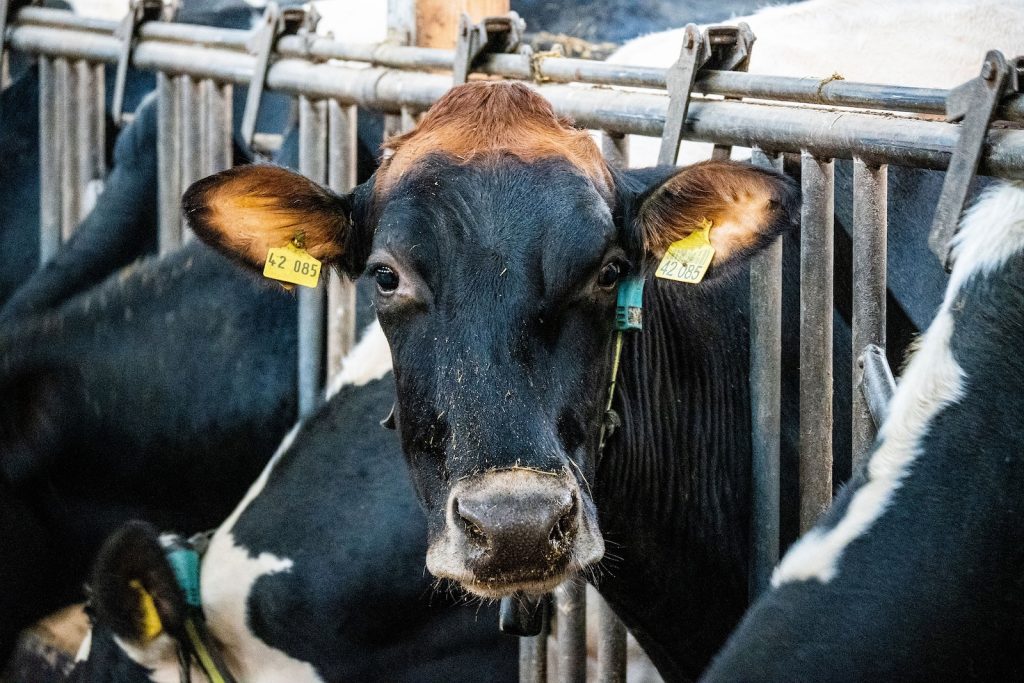News Classic
News
See all
1 week ago
Egg Prices Soar as Outdated Supply Chains Crack Under Pressure
By Jack Buffington There may be no kitchen table issue in America more critical than the price of food. So when the price of eggs rose over 40% from 2024…
Markets
See all1 week ago
Finance
See all1 week ago
Tech
See all1 week ago











